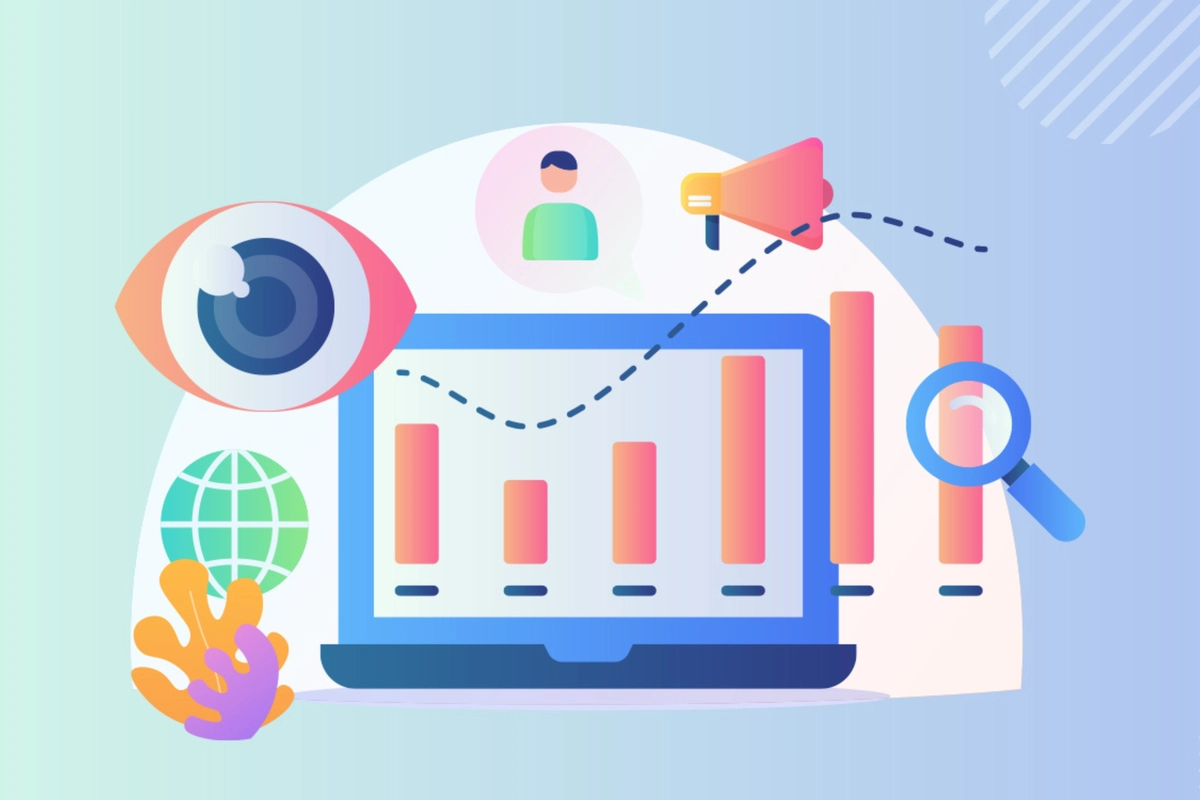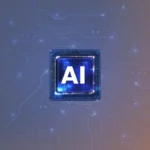Whether you work in retail, own a manufacturing company, or are in any other sector or industry, you will need a keen eye that can detect faults, optimize processes, and supervise tasks. What if you could automate all of that? Well, you can. With AIT Global’s cutting-edge computer vision technology solutions, you can automate your processes, optimize workflows, and improve the overall efficiency of your business.
But what is computer vision technology? And how does it work? If you’re unfamiliar with the concepts of computer vision in AI, don’t worry. This article will explain everything you need to know, including the different computer vision use cases and advantages when it comes to business intelligence.
What is Computer Vision Technology?
Computer vision technology is the use of algorithms and rules to allow computers (and machines in general) to “see” and respond.
So, how does computer vision technology work? When we speak of a computer “seeing,” we mean that a computer takes in visual inputs, processes them, and gives the required output. This is pretty similar to how we humans’ function. We see something, we process whether a response is needed, and then we respond appropriately.
When computers learn how to process visual data smoothly and accurately, it opens up a lot of possibilities for innovation. The most well-known example of applied computer vision technology is the self-driving car. The car “sees” the road, pedestrians, other cars, and everything else that a human driver would. And then, the car makes decisions based on what it sees.
However, the applications of computer vision technology do not have to be that complex. You can use computer vision technology for object detection, facial recognition, and even quality control! Some innovative use cases of applied computer vision technology are given in the next section.
How Does Computer Vision Technology Work?
When we speak of a computer “seeing,” we mean that a computer takes in visual inputs, processes them, and gives the required output. This process involves several key steps: image acquisition, image processing, and image analysis. During image acquisition, cameras or sensors capture visual data. In the image processing phase, this data is refined and converted into a format that can be analyzed. Finally, in the image analysis stage, algorithms identify patterns, objects, or anomalies and make decisions or trigger actions based on this analysis.
Machine learning and deep learning play crucial roles in enhancing computer vision technology. These technologies allow computers to learn from vast amounts of visual data, improving their accuracy and decision-making capabilities over time. By leveraging neural networks, computers can recognize complex patterns and make predictions with a high degree of accuracy. This continuous learning process enables computer vision systems to become more efficient and effective in various applications, from automated quality control in manufacturing to real-time surveillance in security systems.
Computer Vision Use Cases
Did you know that you can apply the processes and techniques of computer vision technology in retail, manufacturing, and many more domains? In this section, we will look at two innovative computer vision technology use cases.
Walmart Increases Efficiency with Computer Vision Technology
The two key areas where Walmart retail stores recorded improvements with the use of computer vision technology were:
- Customer Experience: Using computer vision technology, Walmart stores were able to identify the customer hotspots. This allowed them to optimize the layouts in a way that promotes ease of movement for customers and encourages more purchases.
- Inventory Management: Walmart Canada deployed computer vision technology solutions to monitor the products stored on shelves via their SKUs. This has allowed for real-time inventory monitoring and management.
General Electric Uses Computer Vision For Jet Engine Manufacturing
The well-renowned manufacturer of jet engines, General Electric, deploys various computer vision technology solutions for effective manufacturing and quality control.
- 3D Machine Vision: GE uses 3D machine vision, which involves cameras and sensors that map out 3D images of jet engine parts. This allows for the detection of faults that a human eye may not be able to detect without assistance.
- Pattern recognition for anomaly detection: Apart from 3D part scanning and analysis, GE also deploys computer vision technology algorithms that look at the data from images to identify patterns of anomalies and defects.
- The use of such algorithms of computer vision technology is crucial for quality control.
Computer Vision Technology for Business Intelligence
Retail analytics and quality control in manufacturing are two very common use cases of computer vision technology. However, this AI-powered technology is not limited to these two applications. Computer vision technology solutions can be applied to almost every business in every industry. Some of the most important benefits of computer vision technology for business intelligence are:
Predictive Maintenance: If you have a factory with lots of heavy equipment that undergoes daily wear and tear, then computer vision technology can provide predictive maintenance to allow quick repair and replacement. This will reduce the risks and costs of sudden failure of equipment.
Security: Facial recognition and object detection are two other uses of computer vision technology. These can help you maintain the security of your business workplace and monitor the comings and goings that happen throughout the day.
Real-time Monitoring: Much like a broader superset of inventory management, computer vision technology’s real-time monitoring application can be used as an accurate supervision system for factory floors, workshops, etc.
Computer Vision Technology Challenges
As it happens with every technology, even computer vision technology comes with certain challenges. While the benefits of this technology substantially outweigh the disadvantages, it is important to learn about the common computer vision technology challenges so that you can be better prepared when deploying this AI solution. Some of the most common computer vision technology challenges are:
Illumination Conditions: It is important to ensure that the environment where computer vision technology is being deployed has appropriate lighting conditions. This is to ensure that the inputs that the machine gets are of high quality.
High Costs: Computer vision technology applications are often resource-intensive because they need a lot of infrastructure to be installed. Some of it includes high-end processors, sensors, and complex software.
Talent Deficit: Computer vision technology in AI is an advanced technology and it is often difficult to find and retain appropriate talent to handle the complex infrastructure and ensure high performance.
Dedicated Maintenance Team: To ensure consistency in the quality of output you get, you will need to have a team that’s dedicated to maintaining the infrastructure of your deployed computer vision technology.
AIT’s Computer Vision Technology Solutions
We customize solutions of computer vision technology in AI to meet your exact business needs. With this tailoring and solution-oriented approach, we strive to help you harness technology’s maximum potential!
Do you want to learn more about how computer vision technology can help you boost your productivity? Get in touch with us today!








 What is XBRL: Learn the Definition, its Benefits, and Trends
What is XBRL: Learn the Definition, its Benefits, and Trends  Agentic AI vs Generative AI: What’s the Difference and Why It Matters
Agentic AI vs Generative AI: What’s the Difference and Why It Matters  The Hidden Costs of Incorrect EDGAR Filing and XBRL Tagging – And How to Avoid Them
The Hidden Costs of Incorrect EDGAR Filing and XBRL Tagging – And How to Avoid Them  What is Agentic AI and How It’s Transforming Business Operations
What is Agentic AI and How It’s Transforming Business Operations  AI Tools For Small Businesses
AI Tools For Small Businesses 